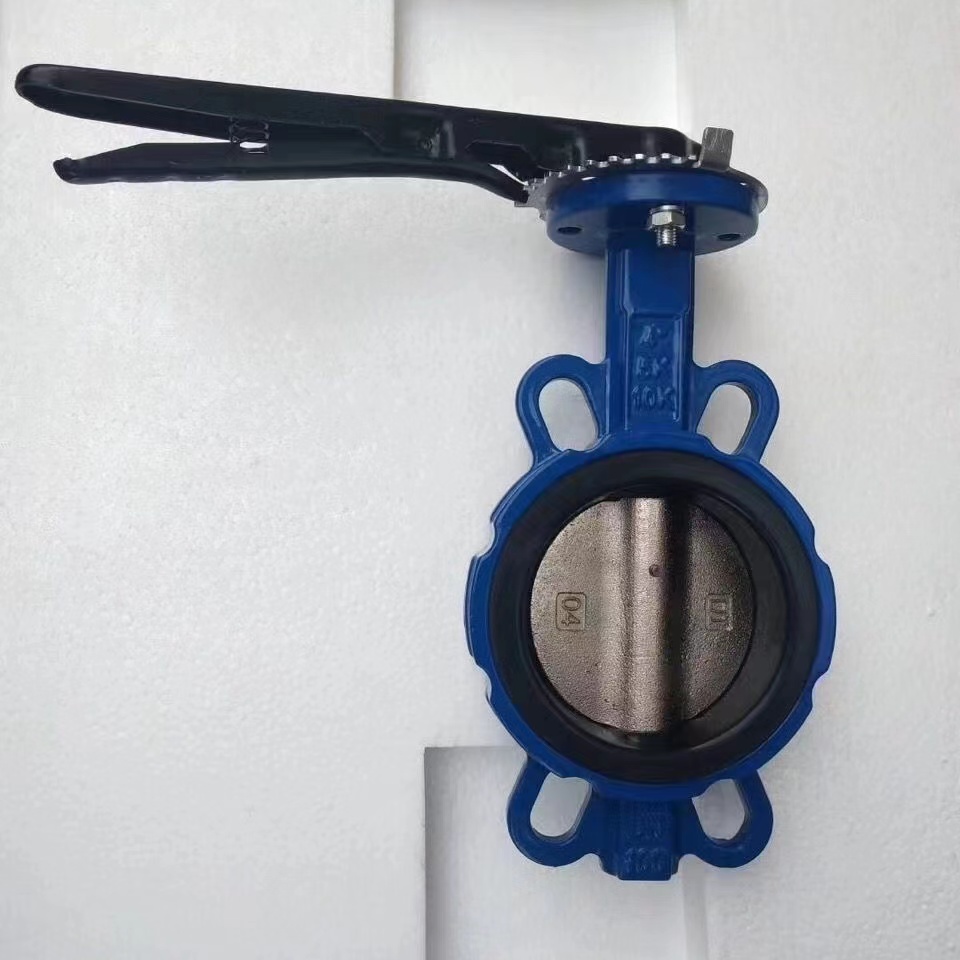Gate valves and butterfly valves are two very commonly used types of valves. They have significant differences in their own structure, usage methods, and adaptability to working conditions. This article will help users gain a deeper understanding of the differences between gate valves and butterfly valves, thereby assisting them in making better valve selections.
The feature of gate valve
Gate valves, as the name suggests, can cut off the medium in the pipeline like a gate. They are a type of valve commonly used in our production and daily life. The closing and opening element of a gate valve is called the gate, and the gate moves up and down, with its movement direction perpendicular to the flow direction of the medium in the fluid pipeline. Gate valves are a type of shut-off valve; they can only be fully open or fully closed and cannot regulate the flow.
The feature of butterfly valve
Butterfly valves, also known as disc valves, have a disc-shaped butterfly as their closing and opening element. The butterfly is fixed above the valve stem, and the valve opens and closes by rotating around the valve stem axis. The movement of a butterfly valve is rotational in place, requiring only a 90° rotation from fully open to fully closed. Additionally, the butterfly disc itself lacks self-locking capability, so a turbine reducer needs to be installed on the valve stem. With the reducer, the butterfly gains self-locking capability, and it can also improve the operational performance of the butterfly valve.
Having understood the definitions of gate valves and butterfly valves, let’s delve into the differences between them:
Differences in Movement Capability:
In addition to the previously mentioned differences in movement direction and method, gate valves, due to their ability to only be fully open or fully closed, exhibit lower flow resistance in the fully open state. On the other hand, when a butterfly valve is fully open, the thickness of its disc introduces some resistance to the flow of the medium. Furthermore, gate valves have a higher opening height, resulting in slower opening and closing speeds, while butterfly valves only require a 90° rotation for rapid opening and closing.
Differences in Functionality and Applications:
Gate valves are known for their excellent sealing performance, making them suitable for applications that demand strict sealing and infrequent switching. They are primarily used to shut off the flow of a medium. Gate valves are not designed for flow control, and due to their slow opening and closing speeds, they are not suitable for emergency shut-off in pipelines. On the other hand, butterfly valves have a wider range of applications. They can be used for both shut-off and flow control. The quick opening and closing capability of butterfly valves makes them especially suitable for situations requiring rapid operation.
Butterfly valves have smaller dimensions and lighter weights compared to gate valves, making them preferable in environments with limited installation space. In large-diameter valves, butterfly valves are more commonly used, especially in pipelines conveying medium with small particles.
In many valve selection scenarios, butterfly valves have gradually replaced other types of valves and become the preferred choice for many users.
Differences in Price:
Under equivalent pressure and size conditions, gate valves tend to be more expensive than butterfly valves. However, it’s important to note that for large-diameter valves, the price of butterfly valves may not necessarily be lower than that of gate valves.

